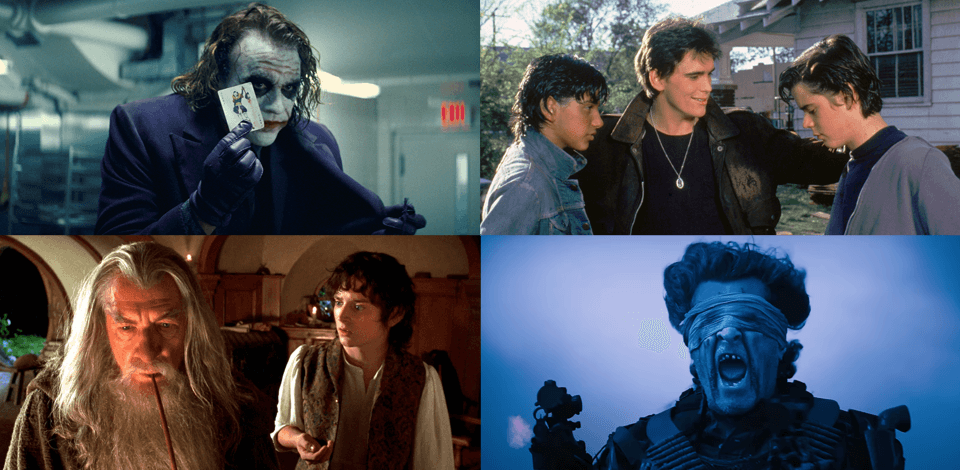
As a video editor at FixThePhoto, I often use both diegetic and non-diegetic sounds in my work.
Diegetic sounds are things like talking, footsteps, or noises that the characters can hear in the story. Non-diegetic sounds come from outside the story, like background music or a narrator that only the audience hears.
Diegetic sounds make the scene feel real, while non-diegetic sounds help create a mood or add tension. Knowing the difference between the two is important because it helps control the emotions of the viewers and how connected they are to the video.
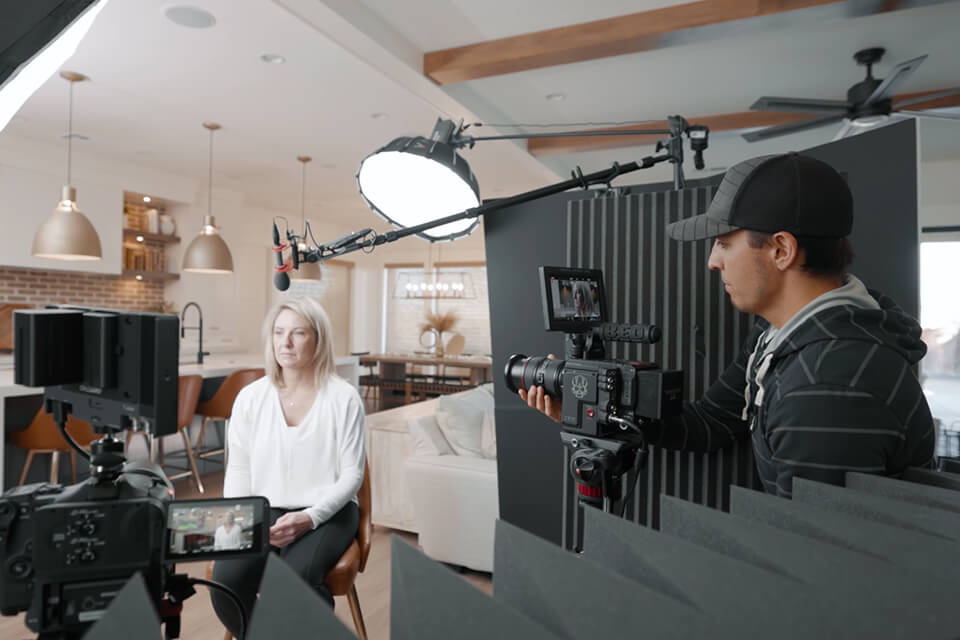
Diegetic sound is any sound that comes from the world of the movie or video so that both the characters and the audience can hear it. So, if you were a character in the movie, any sound you could hear in that scene would be diegetic.
Diegetic sound is part of the story's setting and comes from things like talking, footsteps, background noise, or music that’s in the scene. It’s sometimes called ‘actual sound’ and the word comes from the Greek word "diegesis," which means ‘to narrate’.
Diegetic sound helps the audience understand what’s going on in the scene. From the characters talking to the sounds of the street, these noises make the movie feel like real life. Without background sounds, things would feel strange, so diegetic sounds help pull the audience into the world the characters live in.
Dialogue. When characters talk to each other in a scene is considered to be diegetic because both the characters and the audience can hear it.
Object and natural sounds. These are things like a door slamming, raindrops, a car starting, or footsteps on the floor. They also include sounds from nature, like birds singing or the wind blowing, which are part of the scene's background.
Radio or TV in the scene. The sound of a radio or the music of a live band playing in the background is part of the scene and is considered diegetic.
Star Wars (1977). The sounds of lightsabers, blasters, and spaceship engines that the characters hear in the story.
Inception (2010). The ticking sound from the characters' totems, like Cobb's spinning top, which is a part of their world.
The Office (TV Series). The sounds of keyboards clicking, phones ringing, and people talking in the Dunder Mifflin office, which the characters can hear.
Mad Max: Fury Road (2015). The sound of engines roaring and Immortan Joe’s war drums, which the characters hear in their world.
Jaws (1975). During the shark attack, the people in the scene hear the water splashing and the characters screaming.
The Outsiders (1983). The radio plays songs like "Stay Gold" by Stevie Wonder, which is heard by the characters in the scenes.
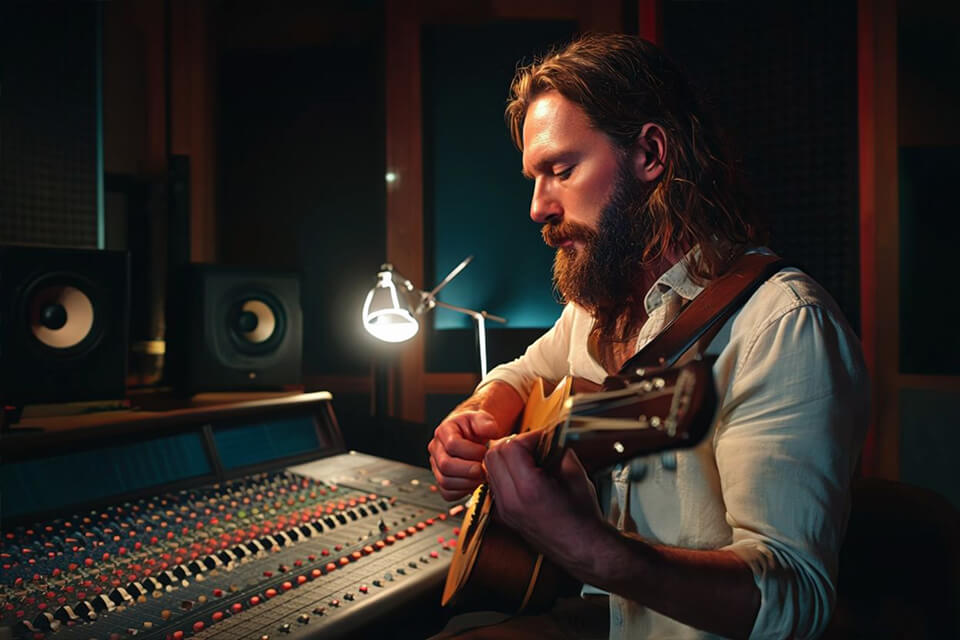
Non-diegetic sound, also known as ‘non-literal sound,’ is different from diegetic sound because it can’t be heard by the characters in the film. Instead, it’s added later using video editing software for Windows or MacOS. This type of sound is often used to set a mood, give the audience a hint, or directly tell them something.
Non-diegetic sound can be used to make your opening scene more dramatic or to make people cry during a sad part. It helps build tension, add drama, set the mood, or make the audience feel emotional.
Background score or soundtrack. A soundtrack is music that plays to create mood or tension but isn't heard by the characters. For example, a suspenseful soundtrack in a thriller scene.
Narration or voiceover. A narrator’s voice comments on the story but isn't part of the characters' world. This can be heard in documentary films or when a main character is thinking about something.
Sound effects. Non-diegetic sounds are added to make important moments in a film stand out, like a loud boom during a big reveal or a “whoosh” during a scene change, which don't come from anything in the scene.
Character theme music. Music that plays when a certain character shows up to help show who they are, but isn’t heard by the characters in the story, like Darth Vader’s famous theme in Star Wars.
Jaws (1975). The famous suspenseful music that plays when the shark gets close, which only the audience hears, makes us scared and tension starts to rise.
Stranger Things (TV Series). The background music with lots of synthesizers sets a creepy and nostalgic mood that the characters don’t know about.
The Dark Knight (2008). Hans Zimmer's dramatic music during chase scenes makes the action feel more exciting for the audience, while the characters can't hear it.
Breaking Bad (TV Series). The dramatic music that plays during the important, emotional moments is just for the audience to hear.
Lord of the Rings: The Fellowship of the Ring (2001). When the Fellowship starts their journey, the big orchestral music is meant to help the audience feel more involved, and the characters don’t hear it.
Diegetic and non-diegetic sounds can work together and aren’t exclusive. It’s important to know when to use each, but combining them can make your content better. When a film mixes both types of sounds, it’s called trans-diegetic.
For example, you could start with a non-diegetic song as background music and then have a character hum the same song. This makes the song feel like part of the story’s world and helps introduce the character and narrative. Using both sound types helps with storytelling and makes scene changes feel natural and creative.
For example, if you add a piece of music during editing to make a scene more emotional, and then have the same song playing on a car radio in the next scene, that’s called trans-diegetic sound. It helps connect two scenes smoothly without breaking the flow of the movie.
Tip: You can start with music in the opening credits (which is non-diegetic), and then have a character hum the same song later (which is diegetic). This helps your audience get into the story more gently.
If you need a great tool for editing diegetic and non-diegetic sounds, I recommend trying Adobe Premiere Pro. It lets you match audio perfectly with video, layer sounds to make them feel real, and add effects like reverb to fit the scene.
With tools like keyframing and noise reduction, it’s easy to make high-quality soundtracks. Whether you’re working on short videos or full-length films, Premiere Pro can handle everything. Plus, you can try it for free with Adobe’s trial, so you can check it out without committing right away.
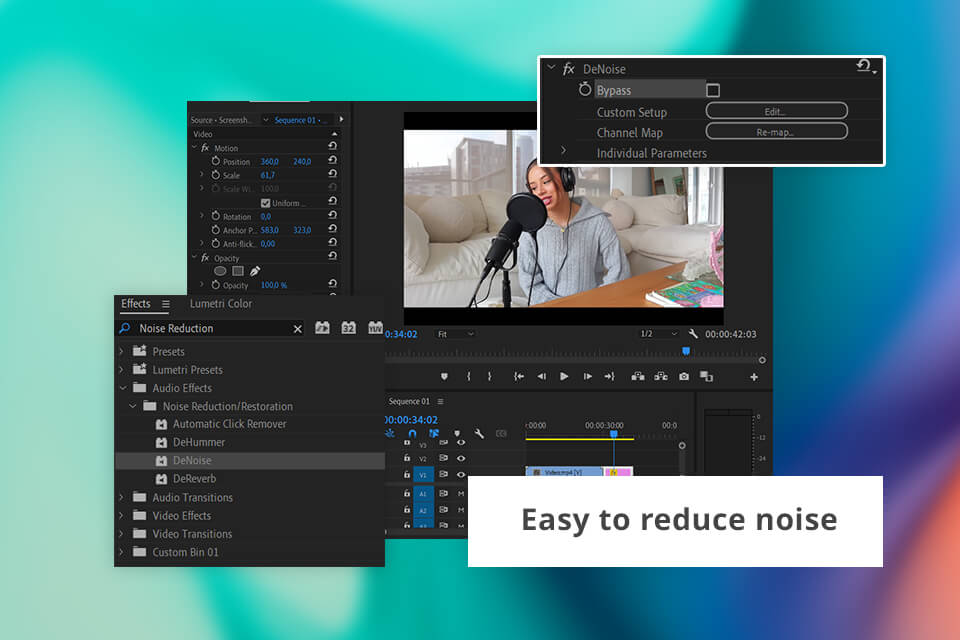
Keep a natural sound balance. Make sure the volume of sounds in the scene, like talking, background noise, or footsteps, is what people would normally expect. You can use the audio track mixer to adjust and balance these sounds so they feel realistic.
Enhance realism with EQ. To make things sound more realistic, you can use the Parametric Equalizer. This tool lets you highlight or reduce certain sound frequencies. For example, raising the middle frequencies in dialogue makes it easier to hear, while lowering highs and lows makes distant sounds feel more realistic.
Noise reduction and cleanup. To clean up unwanted sounds, use noise reduction tools like DeNoise and DeReverb. This removes background noise while keeping the natural atmosphere, so everything still feels immersive.
Layering ambient sound. This can make scenes feel more real. Combine different sounds like wind, birds, or far-off traffic to create a richer atmosphere. Use crossfades to blend these sounds.
Sync with actions. Make sure sound effects, like footsteps or door creaks, match what’s happening on screen. You can use the Razor Tool in Adobe Premiere Pro to cut and line up audio clips perfectly with the actions.
Control volume with keyframes. For example, if a character walks away, you can lower the volume of their footsteps or voice to make it seem like they’re getting farther.
Apply subtle effects for realism. For added realism, apply effects like reverb or echo. This makes the sound match the space it's in. In a large place like a cathedral, sounds will echo more compared to a small room.
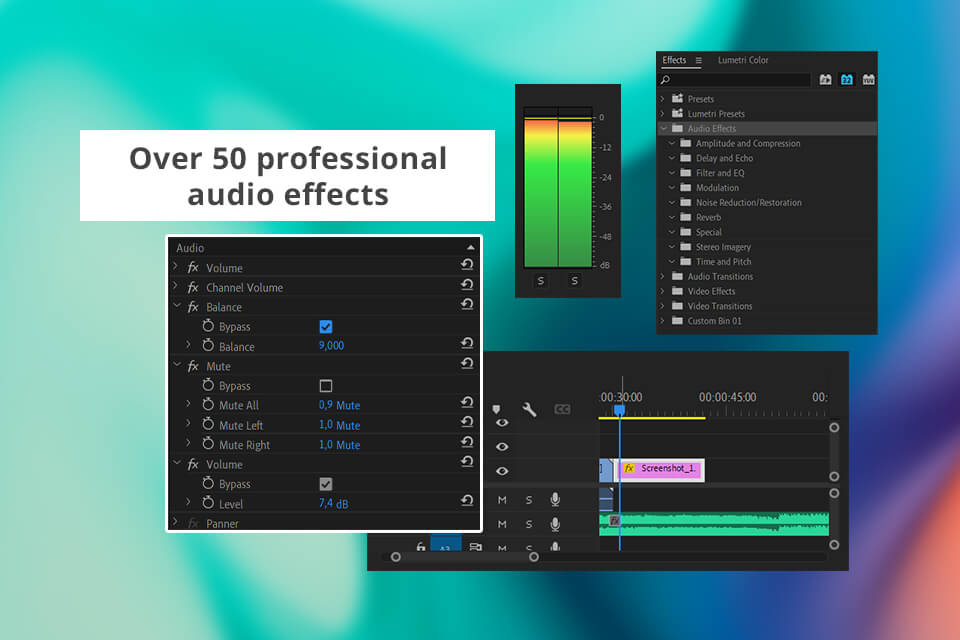
Volume automation. To balance music and voiceovers, use keyframe volume control. This lets you lower the music softly when people are talking or make the music louder for dramatic moments without it being too distracting.
Match music to emotion. Choose music that fits the feeling or speed of the scene. You can use the Essential Sound panel to organize and change different sounds, like music and sound effects. Change the tempo and intensity of the music to match the difference in mood.
Panning for immersion. To create a more immersive experience, use audio panning tools to move background sounds (like music) from side to side. This adds depth and space, making the overall sound feel breathtaking.
Use audio presets. Most free video editing software with no watermark, like Premiere Pro, comes with presets for common background sounds, like adding a radio effect to voiceovers. Try using these presets to give your background sounds different and interesting textures.
Fade music in/out. Use fades like constant power fades or exponential fades to smoothly bring music in or out. This helps the transitions feel natural and prevents them from distracting from the story.